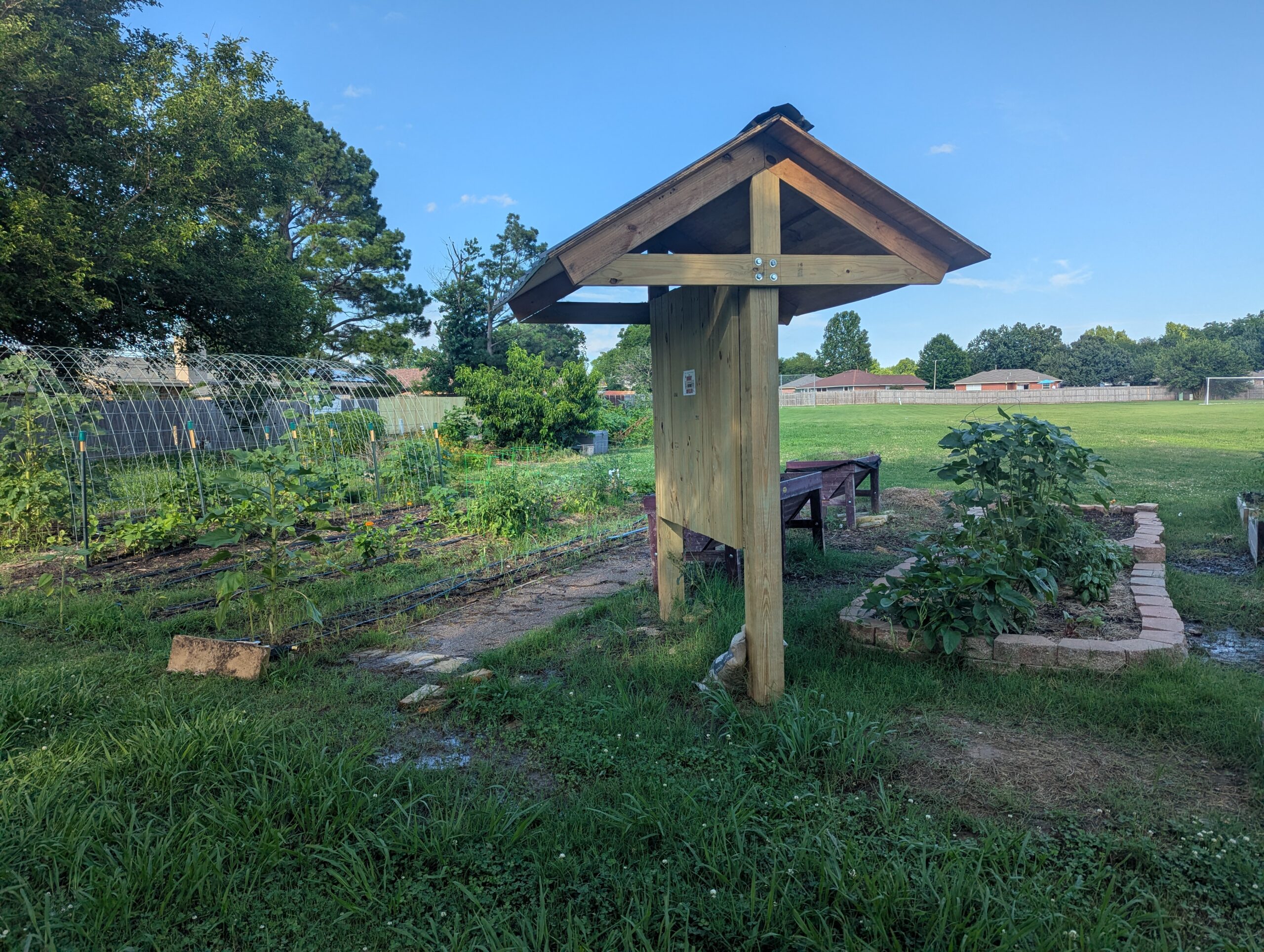In the spring of 1896, my great-grandmother Esther Purdie Lord boarded a trolley car in Binghamton and traveled up a steep hill to the Binghamton State Hospital for the Chronic Insane. She had been declared “violently insane” after what was probably her third attempt at suicide. Esther’s commitment to the Binghamton Hospital came on the heels of her husband’s, her father’s, and her grandfather’s suicides.

The Binghamton State Hospital building closed in 1993, yet families of its patients are still trying to get access to patient records. Paul Cooper/Flickr/CC BY-NC 2.0
Within my family, this multigenerational story of suicide was hidden for decades. I am not surprised by this. Every family has secrets. Yet for my siblings and me, this family story has an especially strong resonance: our father, Esther’s grandson and the descendant of those many suicides, killed himself in 1987.
During the COVID-19 pandemic, when time hung heavily, I became curious about my father’s death. Hoping to discover who my father was before his suicide, I turned to family history. The discovery that my grandfather was the only man in multiple generations to not end his own life was a shocking one.
As a historian of medicine, I have always been drawn to questions about stigma and our very human fear of death. My family’s history, I thought, provided a perfect example of the pervasive nature of the stigma around suicide. It also sheds light on 19th- and 20th-century views of death.
My family’s history, I thought, provided a perfect example of the pervasive nature of the stigma around suicide.
For more than three and a half centuries, my family has lived in Beverwijck (Albany) and the surrounding area in upstate New York. Their reluctance to stray, combined with their tendency to hoard family documents, meant that I had almost all the material I needed to reconstruct their story and to situate it in the context of the world in which they lived.
Almost.
In researching Esther’s story, I ran into a bizarre stone wall. New York state retains her medical records, along with the medical records of other patients at the state’s many 19th-century asylums. State law, however, dictates that only the “child, spouse, parent, or sibling of a patient” can obtain these records. Esther’s last child died in 1969, well over 50 years ago.
Esther’s records are now inaccessible to her descendants. Within the next decade, all the children, spouses, parents, and siblings of 19th-century asylum residents will be deceased, if they are not already so. Their records will then become, as Esther’s have, permanently inaccessible to family members.
New York is not unique in adopting this draconian approach to its historic medical records. Other states, such as Michigan, require researchers and descendants to obtain a court order to access medical records more than 100 years old. Because obtaining a court order is time-consuming, expensive, and does not always guarantee success, these records are essentially inaccessible.
These rigid state laws are rooted in problems caused by the early implementation of the Health Insurance Portability and Accountability Act of 1996 (HIPAA). HIPAA created national standards to protect a patient’s health information from being disclosed without the patient’s consent or knowledge. As it was written, HIPAA also inadvertently prevented historians and descendants from accessing medical records that were over 100 years old.
By 2013, the US Department of Health and Human Services (HHS) had recognized the problem. That year, HHS published 45 CFR 164.502(f), a rule amending HIPAA that allowed patient records to be accessed 50 years after the patient’s death. In doing so, HHS recognized the problems caused by “the lack of access to ancient or old records of historical value.”
In response, many states, including Ohio, Oregon, and Maine, opened their medical archives. Researchers could now access records that had the potential to transform our understanding of the past, and descendants could reconstruct and assess their own family histories.
Opening these records also promised to shift understanding of mental health and suicide. In interviewing suicidology experts over the last few years, I have repeatedly heard them use the word “primitive” to describe our understanding of suicide, especially why it runs in some families. Because the genetic causes of suicide are especially elusive, if they can be said to exist at all, several leading scientists and physicians have emphasized the value of records that document families like mine. But in states like New York and Michigan, scientists also find access to these records impossible or so limited as to prevent research.
The great irony, of course, is that Esther’s story is already visible. Detailed descriptions of Esther’s first suicide attempt and her erratic behavior, along with references to the trail of suicides that shaped her life, appeared in multiple upstate New York newspapers. In the years after her commitment, stories about her “insanity” and her attempts to escape the asylum were also reported. My siblings and I may not have known Esther’s story, but everyone in her community knew it.
Diligent researchers can easily catch glimpses of this kind of history. In New York state, Linda Stuhler, whose ancestor was committed to Willard State Hospital for the Chronic Insane, used census records to uncover the names of inmates at Willard. Believing that New Yorkers had a right to this information about their ancestors, Stuhler published the names. Others have done the same for many of the state’s 19th-century asylums.
In Alaska, the Morningside Hospital Project has turned to interviews, census records, and other publicly available vital statistics “to provide information to families still searching for loved ones who disappeared decades ago.”
New York state law has reinforced the problems with HIPAA. The motivation for the law is uncertain, but my conversations with legislative aides indicated that the state is concerned about the abuse of records by insurance companies. Yet the Genetic Information Nondiscrimination Act, a federal law passed in 2008, prevents discrimination on the basis of family medical histories. And, of course, 19th-century medical records bear little relationship to today’s terminology, diagnoses, or even theories of illness. No one using these records can accurately diagnose patients from the past.
Although the state has allowed some very limited access to these records, they bar any research they deem biographical or genealogical, terms that the state does not define. As most historical research entails work that is somewhat biographical in nature, this approach sharply limits historical research.
Unfortunately, hiding these records implies that mental illness and behavior such as suicide are so shocking, so horrifying, and so violent that family members and researchers should be shielded from seeing these things. It’s a belief that reeks of paternalism, with the state deciding when descendants should, and should not, be allowed access to their own family histories. It’s also a belief that perpetuates shame around suicide and mental illness, ensuring that families like mine will continue to face stigma.
We now need to take this fight to the states that have refused to follow federal guidelines.
A decade has passed since historians, genealogists, and other researchers initiated a successful push to persuade the federal government to amend HIPAA and allow states to provide access to these records. We now need to take this fight to the states that have refused to follow federal guidelines. As a discipline, we historians need to insist that these states provide access to these records.
Overturning New York’s laws is especially crucial. As the nation’s most populated state between 1810 and 1964, New York played an oversized role in the nation’s history. Its many asylums cared for thousands of patients every year and shaped the practice of medicine along with our understanding of mental illness and suicide.
In recent months, I have worked to overturn New York’s restrictive law with Stuhler; Laurence Guttmacher, the former clinical director of the Rochester Psychiatric Center and an emeritus professor at the University of Rochester Medical School; Ryan Thibodeau, a psychologist and professor at St. John Fisher University; Sarah Handley-Cousins, a historian at the University at Buffalo; and Susan Lawrence, a historian at the University of Tennessee, Knoxville. New York state senator Neil Breslin, state senator Samra Brouk, and assembly member Harry Bronson have agreed to work with us, and a bill to expand access to these records recently passed out of committee and is currently before the state legislature.
It will take time and effort to revise these laws. But it’s past time for these states to open these “ancient or old records of historical value” to both families and researchers.
Alexandra M. Lord is currently completing a book on the history of suicide titled Bridge: Suicide and Its Afterlife in an American Family. Contact her at lexilordsemail@gmail.com to learn how you can support this bill.
This work is licensed under a Creative Commons Attribution-NonCommercial-NoDerivatives 4.0 International License. Attribution must provide author name, article title, Perspectives on History, date of publication, and a link to this page. This license applies only to the article, not to text or images used here by permission.


